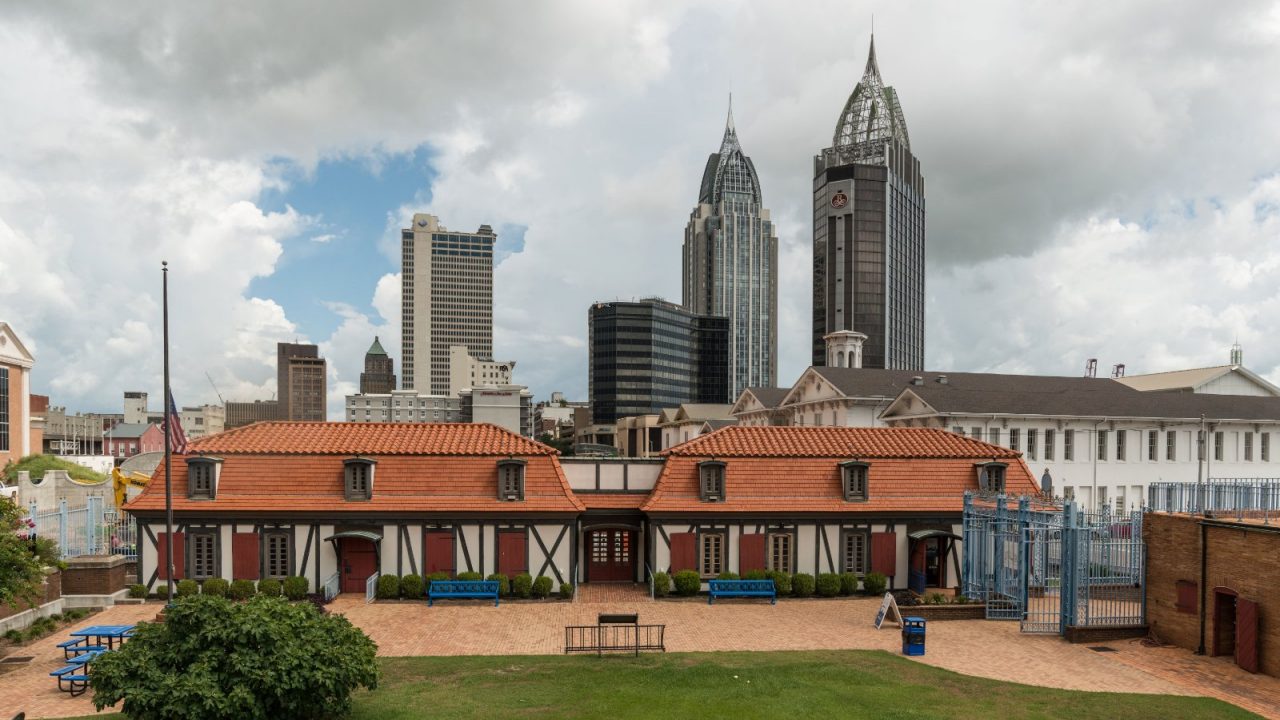Mobile, Alabama

Located on the Gulf of Mexico, Mobile is a southern seaport city with a history as rich as it is complex.
Alabama’s third largest city, Mobile* was established as a trading center in the early 1700s around the Port of Mobile, which has long played a role in the city’s economic health. Within the city of Mobile—where more than half the residents are Black, and 44% are white—complex race relations and their resulting health, social, and economic disparities have a long legacy. Originally built by newly arrived slaves in 1860, the north Mobile neighborhood of “Africatown” remains a predominantly Black area, with higher poverty than the city’s newly, largely white communities like College Park, Country Club, Parkhill, and Claremont.
In 2005, Hurricane Katrina caused catastrophic damage to the city, including $245 million in statewide damages and tens of thousands of displaced citizens. In 2010, tragedy struck once more, with the Deepwater Horizon oil disaster spilling 4.9 million barrels of crude oil into the Gulf, crippling the local fishing industry.
*Mobile refers to the city of Mobile, unless Mobile County is specifically stated.
